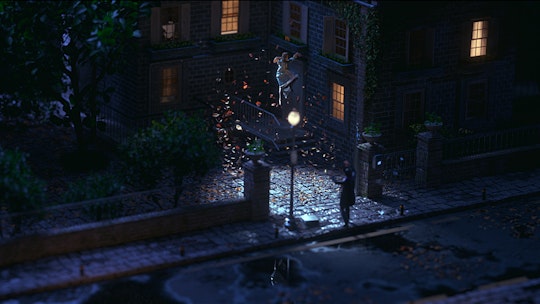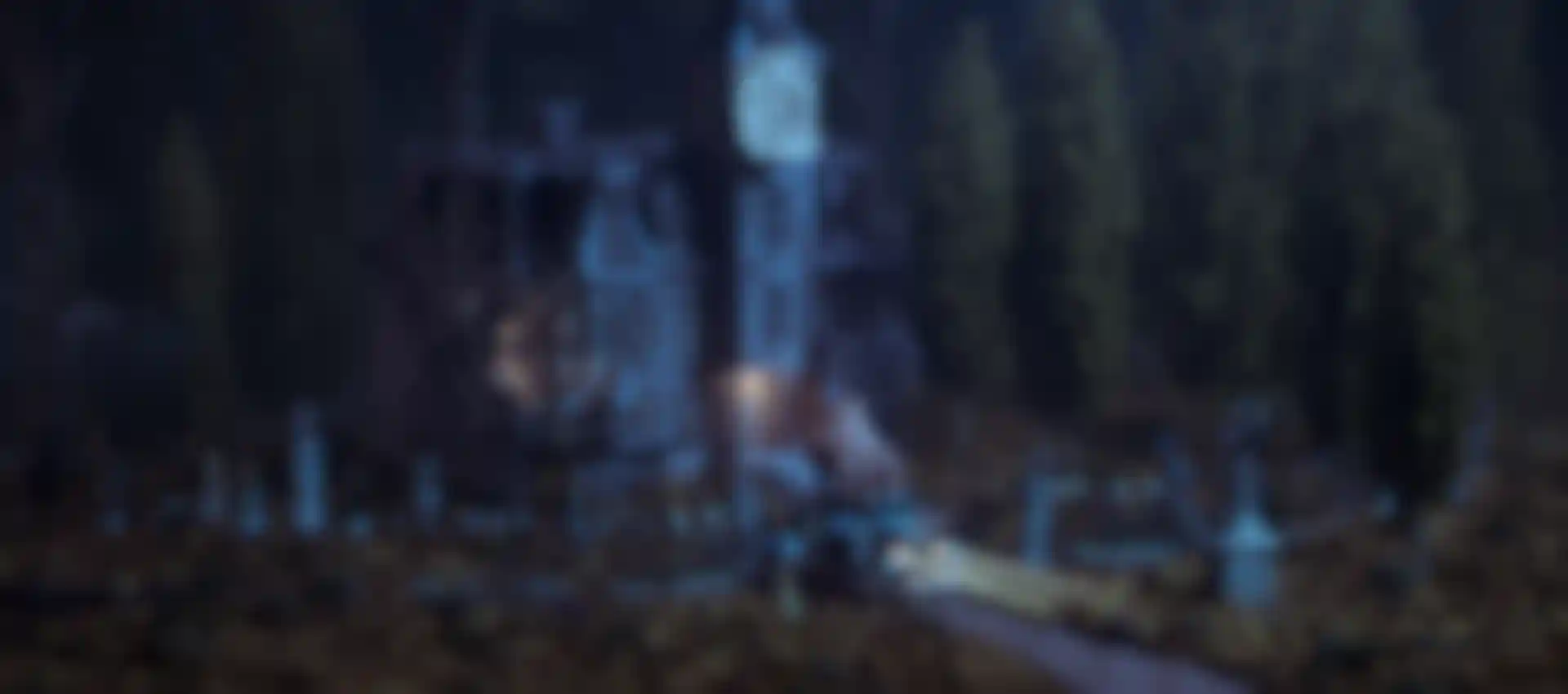
Toying with Iconic Cinema Moments How Yeti Pictures used Cinema 4D, ZBrush, and Houdini to bring toy figures to life in ‘Miniwood.’
Most people will likely recognize most of the iconic scenes in “Miniwood,” a short film created by Yeti Pictures. The idea came to them after a pitch involving miniature style for a TV commercial was rejected, but the team didn’t want to let the inspiration go.
So after a few weeks, they decided to make a film depicting famous film shots as mini worlds in stop-motion style.
We talked with Yeti Director and Founder Tony Zagoraios to find out how the team brought these memorable scenes to life with Cinema 4D, ZBrush and Houdini.
Hey Tony, tell us about yourself.
Zagoraios: I'm the creative director and founder of Yeti Pictures, and I’ve been in the industry as a motion designer since 2008. I had a successful solo career for 10 years and decided to move forward and build a strong team of 3D artists to take the next step to push my vision further. I love working with other people, getting inspired by them and sharing a common goal for what we can achieve in the motion design industry.
Why did you want to make “Miniwood,” and how did you choose scenes?
Zagoraios: Choosing scenes was one of the toughest things we had to do during this project. There are so many movies we could adapt into the miniature style, but we finally aimed for those iconic shots that would work nicely with a tilt-shift camera style.
Our main goal was to set up scenes that already have a solid cinematic approach in terms of photography and layout, allowing our character animations to easily fit in and be the main focus. Even though there are numerous films that have a large fan base, some do not have iconic scenes that the general audience can easily recognize and connect with.
Talk about the process of creating the figures?
Zagoraios: Figures were one of the project elements that added style and aesthetics to the environments. Since we moved into the miniature style with stop-motion animation, we decided to make the characters resemble the toys we used to play with in the '80s, which had spherical joints and felt stiff. We wanted to keep a simple base mesh for the geometry and add detail through texturing and maps, as we couldn't add extra parts like clothes.
Besides the people, we used the same technique for the animals, such as T-Rex and King Kong, with a few modifications due to their anatomy and animation behavior. I think the most challenging character to build was O-Ren Ishii from Kill Bill, as the kimono needed to be modeled as geometry but not intersecting with animation and different poses.
What was your workflow like?
Zagoraios: We started by generating rough ideas through AI (MidJourney) to see the potential, and we got excited immediately. Once we had the scenes figured out, we moved into Cinema 4D to create style frames and mood approaches.
What we love about Cinema 4D is that we can come up with ideas quickly in such a short time using all the MoGraph tools and plugins. As we progressed, we added ZBrush to our workflow for additional modeling, and Substance Painter for character texturing.

Animation was done in Cinema 4D, but we needed some extra simulations for our scenes, so we used Houdini and the TFD plugin for smoke, explosions, and rain. Cinema 4D always works well and is friendly with external plugins, making all our lives easier. We used Octane for rendering and color grading was handled in After Effects using Red Giant and native plugins.
The miniature feel was our primary goal, and we had to conduct a few tests to achieve it. Mostly, we used portrait and telephoto focal lengths along with shallow depth of field so the scenes would look like mini worlds.
Beyond that, we approached a lot of 3D modeling and prop scaling in a way that supports the miniature style. Even though you can achieve a nice layout and camera setup along with depth of field, you must be very careful with the scale of objects so they don't appear too realistic or real-world size.

Why did you go the humorous route rather than using action figures?
Zagoraios: Humor is the spicy detail we wanted to add and to be honest, it was a tricky decision to make. When we finished the style frames, we were so excited and eager to move into the animation, but we felt something was missing. It could have been a nice, good-looking animation.
But people tend to connect with things that alters reality and makes them laugh. Here at Yeti, we always like to add humorous touches to our projects; it makes the process more enjoyable.


Do you plan to revisit “Miniwood” or expand on the concept?
Zagoraios: We're not sure yet if we will produce a second “Miniwood,” but many people have asked for a sequel. We want to be diverse as a team and experiment with new techniques and ideas, so we don't get bored quickly.
On the other hand, we have already started thinking about our new favorite films and surrealistic ideas since we greatly enjoyed the process and received great feedback from the motion community. You'll probably see different personal projects from us shortly before we decide to move into a new “Miniwood” adventure.
Lewis McGregor is a filmmaker and content writer from Wales.







